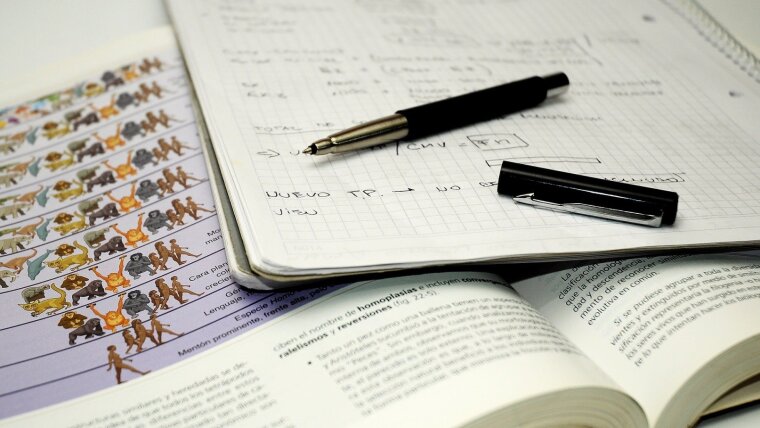
Symbolbild Übung
Phase 1: Giving Students A Task – Individual Work (Think)
- Tasks can be exercises (e.g., an application of a content that has been learned before) or questions related to obligatory texts.
- By framing tasks as specific as possible you give students orientation and foster their engagement with the topic, especially with regard to the relevant learning goals. Students are particularly motivated when confronted with tasks that produce measurable results. Thus, try to limit the possible answer space of tasks by formulating them as specific as possible.
- For example: Please answer the following three questions on the basis of the text… Or: Please summarize the main messages of the text on half a page in your own words.
Phase 2: Student Peer-Exchange (Pair)
- In larger courses or seminars there is probably no possibility to give feedback on all exercises of all students. In this case, allow students to exchange themselves about the results produced in Phase 1. Students may compare their results or jointly analyze their mistakes. Experience shows that peer-exchange helps students to specify their results and to converge into the direction of the right solution.
- Technically, you can employ the peer-feedback-function in Moodle (Workshop). Or you may ask your students to bring together their results from Phase 1 (e.g., via etherpad, Padlet, Forum in Moodle, tweedback Chatwall or via Only Office in the university cloud).
- Tip: It might be useful to formulate a task also for Phase 2. Here, please keep in mind how you want to process the results in Phase 3.
Phase 3: Live-Consultations (Share)
- Give your students the opportunity to compare approaches and solutions with you and the other students and to discuss and clarify questions and open problems. Consider the compilation of a sample solution.
- This exchange can be either orally via web conferencing (Zoom) or written via chat (e.g., tweedback Chatwall).
- Important note: Please avoid to present a ready-made sample solution. Instead, build on your students’ results and questions. This will help them to stay motivated to solve future tasks.